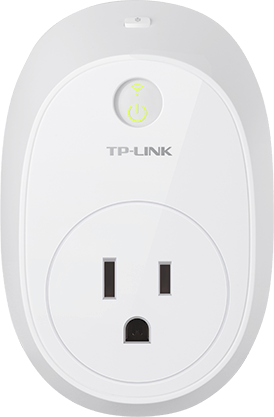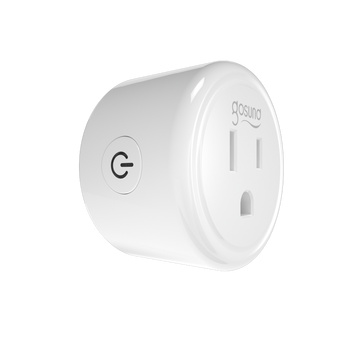- Energy monitoring feature
- Voice assistant compatibility
- Easy to use app
- Dual outlet control
- Voice assistant compatibility
- Compact design
- Bulky design
- Limited to 2.4GHz Wi-Fi
- Limited to 2.4GHz Wi-Fi
- No energy monitoring feature
TP-Link HS110 vs GHome WP3
The world of smart home devices has exploded in recent years, with a plethora of innovative products hitting the market. Two popular options in the realm of smart plugs are the TP-Link HS110 and the GHome WP3. In this comparison, we'll delve into the features, functionality, and overall value of these two smart plugs to help you decide which one is right for your smart home setup.
Introduction to Smart Plugs
Smart plugs are devices that allow you to control and monitor your appliances remotely using a smartphone app or voice assistant. They're an excellent way to upgrade your existing appliances to make them more energy-efficient, convenient, and integrated into your smart home ecosystem. Both the TP-Link HS110 and GHome WP3 are examples of smart plugs that offer a range of features to enhance your smart home experience.
TP-Link HS110
The TP-Link HS110 is a highly-regarded smart plug that offers a robust set of features at an affordable price point. Some of its key features include:
- Energy monitoring: The HS110 allows you to track the energy consumption of your appliances in real-time, providing valuable insights into your energy usage patterns.
- Remote control: Using the TP-Link app or voice assistants like Alexa or Google Assistant, you can turn your appliances on or off from anywhere in the world.
- Scheduling: Set custom schedules to automate your appliances, ensuring they're only on when needed.
- Away mode: The HS110's away mode simulates occupancy by randomly turning your lights on and off, making it an excellent feature for deterring potential intruders.
GHome WP3
The GHome WP3 is another popular smart plug that offers a similar set of features to the TP-Link HS110. Some of its notable features include:
- Compact design: The WP3 is smaller than the HS110, making it easier to fit into tight spaces behind your appliances.
- Voice control: The WP3 is compatible with Amazon Alexa and Google Assistant, allowing for seamless voice control.
- Timer function: Set custom timers to turn your appliances on or off after a specified period.
- Energy monitoring: Like the HS110, the WP3 allows you to track your energy consumption in real-time.
Comparison
So, how do these two smart plugs stack up against each other? Here's a summary of their key differences:
- Price: The GHome WP3 is generally cheaper than the TP-Link HS110, making it an attractive option for those on a budget.
- Design: The WP3 has a more compact design, while the HS110 is slightly larger but still relatively small.
- Energy monitoring: Both devices offer energy monitoring, but the HS110 provides more detailed insights into your energy usage patterns.
- Scheduling: The HS110 offers more advanced scheduling features, including custom schedules and away mode.
Conclusion
In conclusion, both the TP-Link HS110 and GHome WP3 are excellent smart plugs that offer a range of features to enhance your smart home experience. While the WP3 is cheaper and has a more compact design, the HS110 provides more advanced energy monitoring and scheduling features. Ultimately, the choice between these two devices will depend on your specific needs and preferences.
If you're looking for a budget-friendly option with basic smart plug functionality, the GHome WP3 may be the better choice. However, if you're willing to spend a bit more for more advanced features and detailed energy monitoring, the TP-Link HS110 is an excellent option. Regardless of which device you choose, you'll be taking a significant step towards creating a more convenient, energy-efficient, and integrated smart home ecosystem with these innovative smart plugs.


















